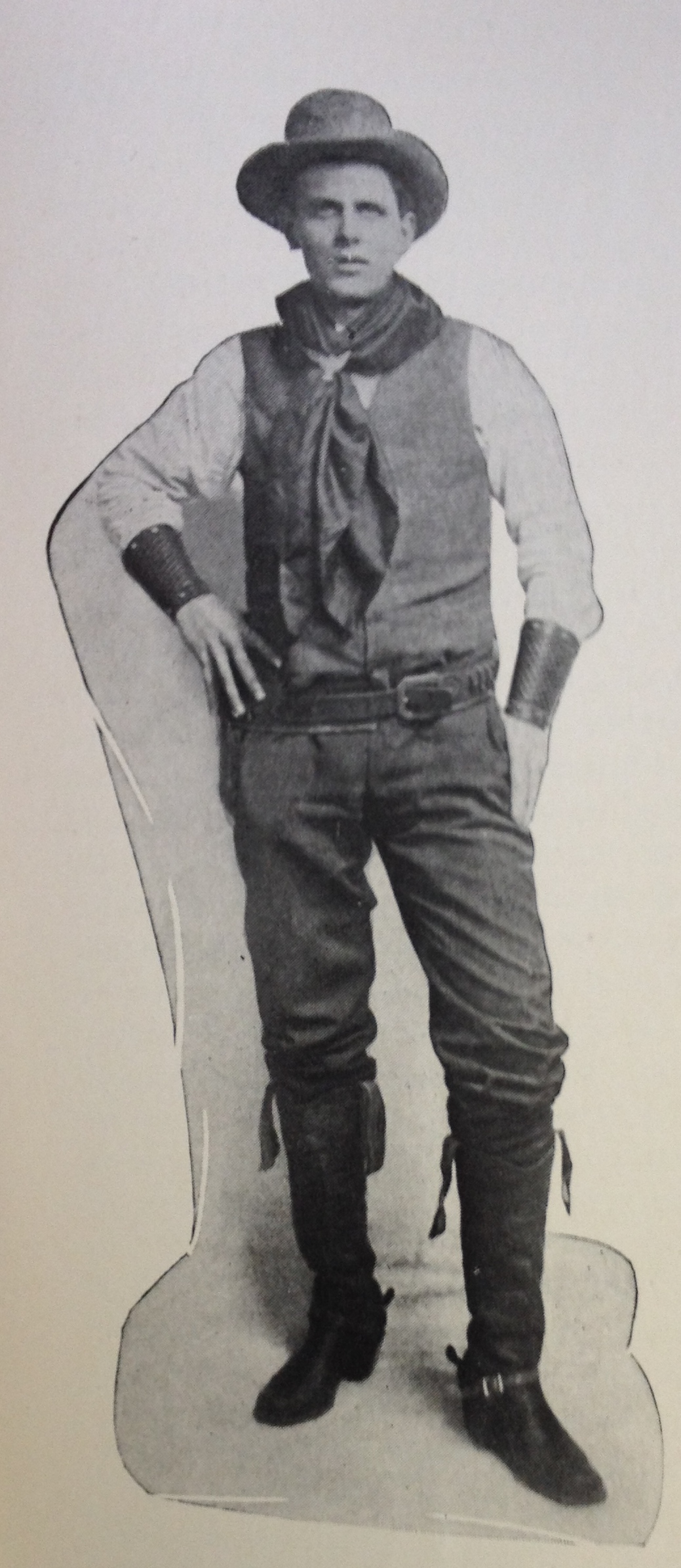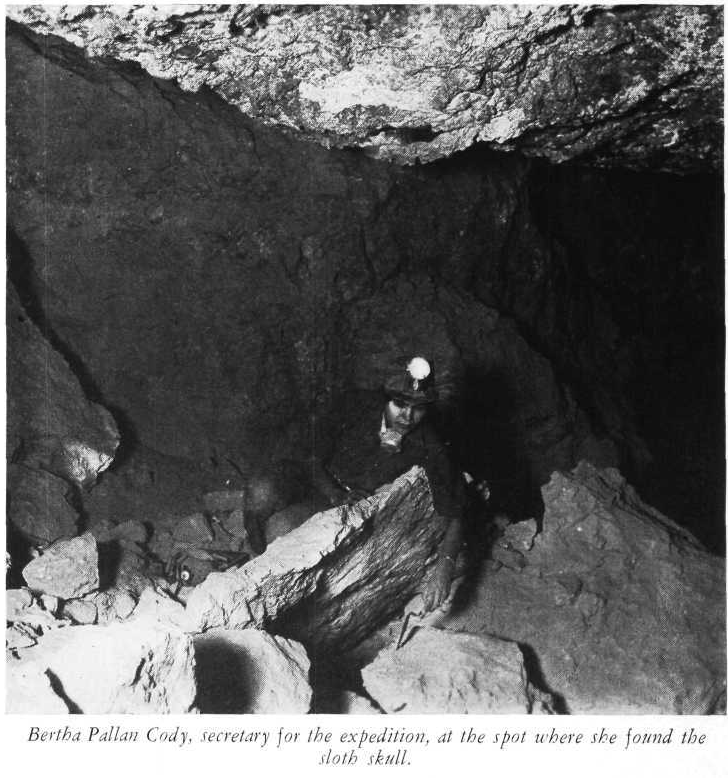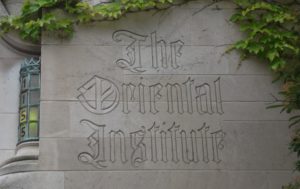In 1919, James Henry Breasted, archaeologist and founder of the Oriental Institute at the University of Chicago, embarked on a year-long trip through the Middle East. His goal was to identify research opportunities throughout the area, and to obtain artifacts to bring back to Chicago. The story (from a 2010 exhibition at the Institute) was told in Archaeology Magazine.
Category: Jazz Age Adventurers
The Jazz Age in Britain: New Exhibit at Two Temple Place, London
Rhythm and Reaction: The Age of Jazz in Britain has opened at William Waldorf Astor’s former Mansion, Two Temple Place, in London.
From the press release:
Jazz provoked reactions ranging from devotion to abhorrence when the idea, and then the sound, of the music first entered the consciousness of the British public in the aftermath of the First World War. Visiting American groups such as the Original Dixieland Jazz Band and the Southern Syncopated Orchestra offered Britons their first chance to experience the music live.
The growing interest in jazz brought black and white musicians, artists and audiences together, and was crucial in influencing changes in British society, moving from stereotypes descended from the minstrel show to a more nuanced understanding of and interest in African American and black British culture.
The exhibition brings together painting, prints, cartoons, textiles and ceramics, moving film, instruments and the all-important jazz sound, to explicitly examine the influence of jazz on British art, design and wider society.
More details and photos at 1843 Magazine.
Tucson’s Presidio and Historical Archaeology in the 1920s
By digging at the site of the Presidio San Agustín del Tucson in 1929, Engineer Donald Page gets the nod as Tucson, Arizona’s first historical archaeologist. That was his only excavation, and less than ten years later, his life took a tragic/stupid turn (alcohol and a handgun were involved). See Donald Page: Tucson’s Tragic First Historical Archaeologist by Homer Thiel.
Politics, Permits, and Division of Spoils in the 1930s
From the UK’s National Archives, details on politics and permits regarding archaeology in Syria in the 1930s, featuring Jazz Age Adventurer Leonard Woolley:
Archaeological business as usual? Digging in the Hatay in the 1930s by Juliette Desplatt
New Bio: Henry Field, Anthropologist to the President
Physical anthropologist Henry Field, as in, the Field Museum, added to the list of Jazz Age Adventurers.
M.R. Harrington’s Expedition Wear, c. 1920s.
 The always fascinating Mark Raymond Harrington, archaeologist, anthropologist, and #jazzageadventurer modeling his exploring outfit for Museum Service, the bulletin of the Rochester Municipal Museum.
The always fascinating Mark Raymond Harrington, archaeologist, anthropologist, and #jazzageadventurer modeling his exploring outfit for Museum Service, the bulletin of the Rochester Municipal Museum.
Mr. Harrington, soon after his academic work at Ann Arbor and Columbia began to explore the out-of-the-way places of America and has been remarkably successful.
Arthur, Beulah, and Bertha: The Extended Parker Family

Discovered another Trowelblazers post with a Lamoka connection, which led me into the interesting and complex family history of Arthur Parker.
Bertha “Birdie” Parker Pallan Thurston Cody was the daughter of Beulah Tahamont Parker and Arthur Parker, New York State Archaeologist and Rochester Museum director. She had an interesting and complicated life of her own, working as an archaeologist/anthropologist at the Southwest Museum in Los Angeles, California for many years. That was only part of her life, however.
